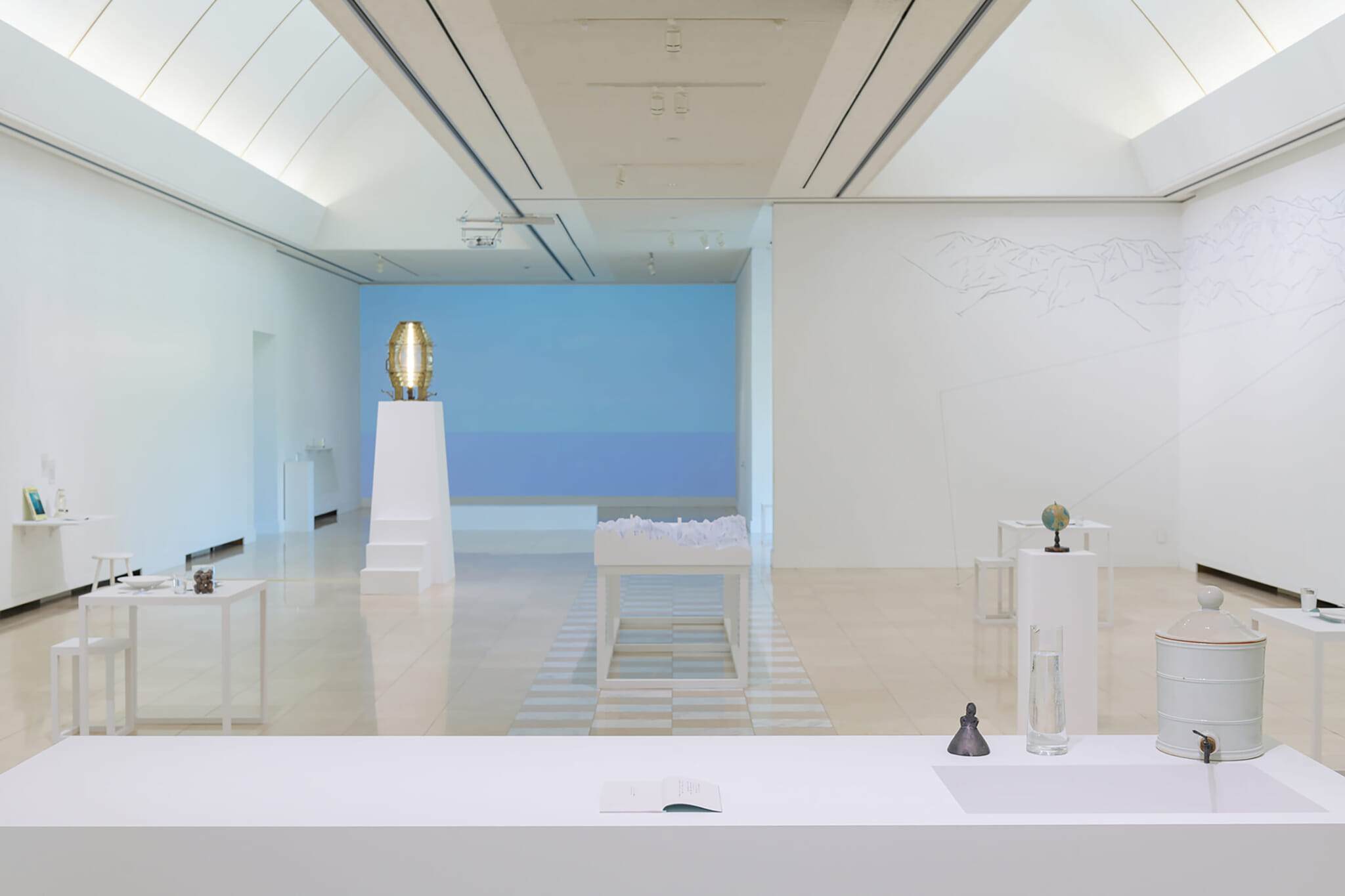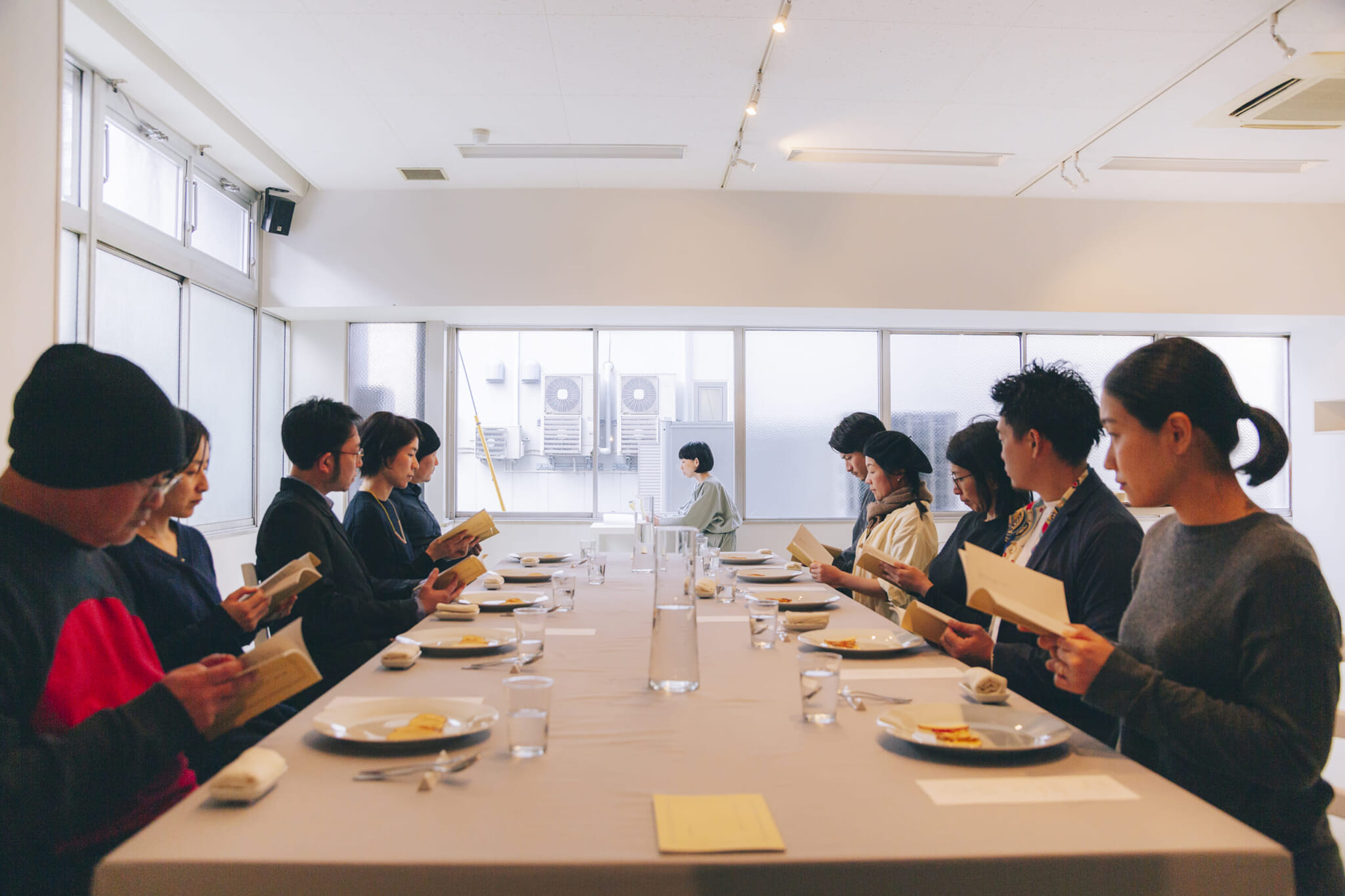Oita, in northeastern Kyushu, is known for its beautiful scenery: beaches, terraced rice fields, volcanoes and hot springs. For the past two decades, though, this prefecture of onsen towns and farming villages has also nurtured a contemporary art scene that attracts cutting-edge creatives from around Japan and the world. Celebrated artists including Anish Kapoor, Yoko Ono, Chiharu Shiota and teamLab have created and installed works here.
Oita’s art programs stand out for prioritizing residencies and site-specific works produced with the local geography and community in mind. Leading the way is Beppu Project, one of Japan’s most successful art nonprofits, which has been building this reputation since 2005. Though public art is on view year-round in the prefecture, this year provides a special opportunity for visitors: From April 1 to June 30, the promotional event “Oita Cultural Expo! ’24” will highlight the existing contemporary art scene while also bringing new, large-scale installations into the area.
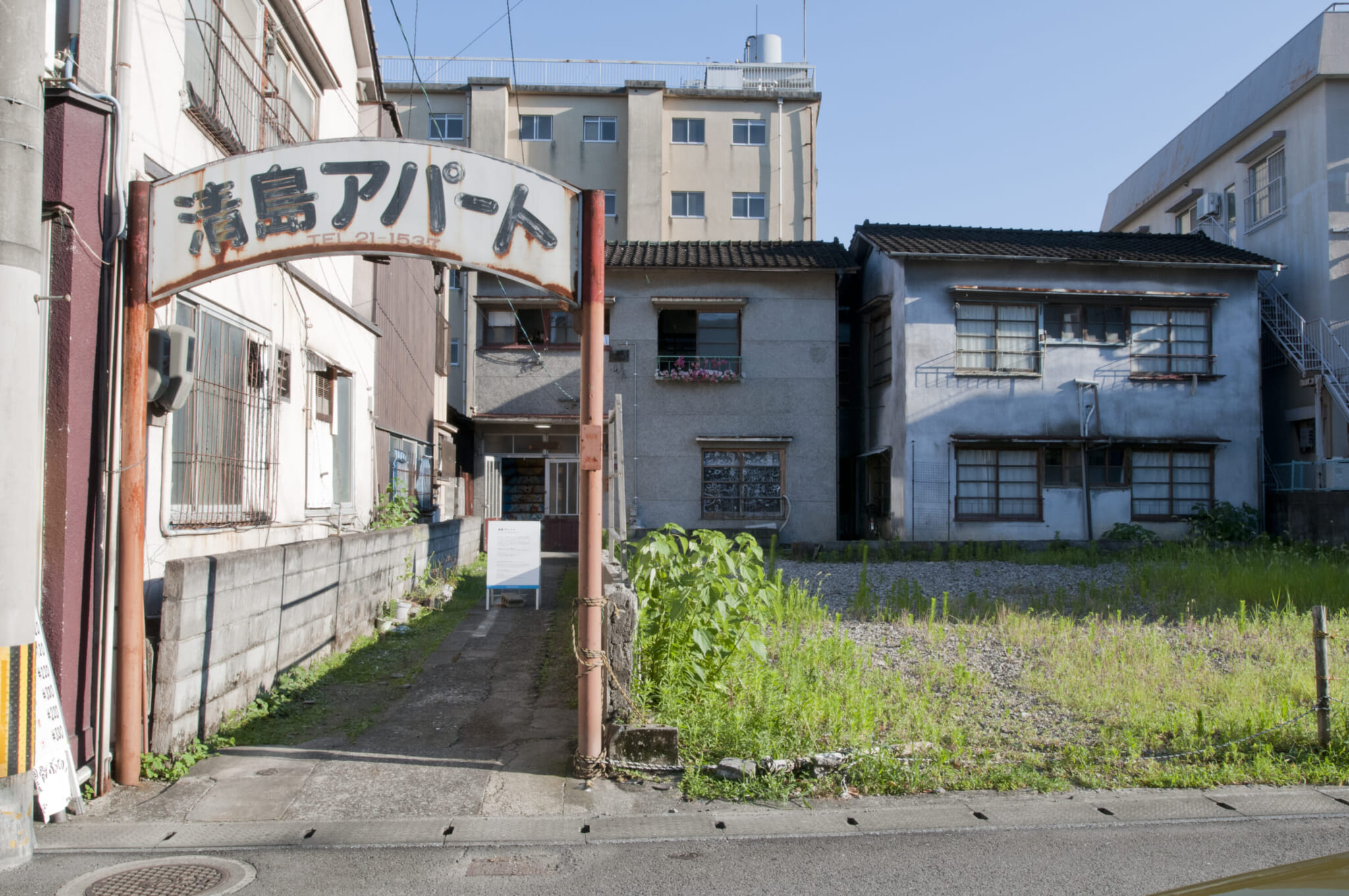
Kiyoshima Apartment
Beppu Beginnings
Since its founding in Oita’s capital city, Beppu Project has supported over a thousand projects that foster creativity and highlight the region’s appeal. One of its key endeavors is Kiyoshima Apartment, a former boarding house that has been revitalized as a creative base where artists can live and work together. The space initially opened in 2009 as part of the international contemporary festival “Mixed Bathing World,” but has continued to flourish long after the festival’s conclusion.
The 22-unit complex, built in the 1960s, features open studios on the first level and residency rooms on the second. Its residencies have become incubators for expression and a boon to the city, welcoming young and emerging artists with steeply discounted fees. A Beppu Project representative explained to Tokyo Weekender that the apartments had been slated for demolition at one point, but the buildings were saved thanks to the success of the program and the youthful energy it attracts. As a result of the program, the representative said, Beppu has become a more vibrant place — it’s even convinced people to relocate to the area.
Beppu Project founder Jun’ya Yamaide, who now runs the art-planning and consulting firm Yamaide Art Office Inc., commented, “Throughout Japan, there are calls for regional development and policies that use migration as a key performance indicator.” But he thinks that focusing repopulation efforts simply on the quantity of people who move to a certain area overlooks a key, human element — something that art plays a crucial role in. “I believe that rather than competing over the number of relocatees, it is more important to attract human resources with a positive impact on the local economy. That should include those who stimulate our creativity.”
Alternate Dimensions
Alternative-State is another Beppu-based creative initiative. Started in 2022, the program invites new artists to the city every six months, with the aim of producing eight unique projects over a four-year period. Michael Lin, one the participants, did research with the cooperation of local yukata shops, hotels and used-clothing stores and discovered the vivid floral pattern of his mural “Onsenbouquet” (2023) that graces the exterior wall of the historic theater Beppu Bluebird.
For the latest installment of Alternative-State, Takashi Kuribayashi, known internationally for his large-scale installations made from natural and artificial materials, will unveil his “Shokubutsu Genki-Ro” (“Botanical Energy Plant”) in Beppu’s Otani Park: a greenhouse structure shaped like a nuclear reactor. He hopes its greenery, contributed and grown by community members, will generate a “positive energy.”
Kunisaki Culture
Contemporary art has also flourished outside the capital. With its coastline, volcanic craters and cave temples, the dramatic scenery of the Kunisaki Peninsula makes a picturesque home for outdoor installations like Antony Gormley’s “Another Time XX” (2013). This iron figure, standing 191 centimeters and weighing 629 kilograms, could not have been installed on its mountainside perch without the ingenuity of a local farmer and some fishing enthusiasts, who used their angling skills to establish a ropeway for hoisting the massive sculpture.
This piece is one of several outstanding contemporary works to be found among Kunisaki’s capes and cliffs. Others include the glowing digital counters of Tatsuo Miyajima’s “Hundred Life Houses” (2014), which dot a rock wall in the Jobutsu area, and the playful installations of artists like Yodogawa Technique and Takahito Kimura at the Nagasakibana Resort Campsite. Drive 15 minutes along the coast from there to Matama Beach to experience teamLab’s immersive light display inspired by local flora. It’s one of three permanent teamLab galleries in Bungotakada.
Exploring Oita Art
“Oita Cultural Expo! ’24” will facilitate tours of works such as these and new projects across the prefecture. Takashi Kuribayashi is contributing two pieces, including a tanker ship installation in Beppu’s Kitahama Park, where he will also bring a mobile kiln that produces steam baths made with medicinal herbs. The creative duo Yotta, famed for inventive vehicles and giant kokeshi doll statues, will exhibit new works around Beppu contemplating the multifaceted nature of the ominous. In Usuki, a two-person unit called “Hoo. Landscape and food works” will present meals, readings and displays based on local research and interviews. Finally, at the site of a former munitions depot in Saiki, the award-winning video artist Hikaru Fujii will show a new work he directed titled “War Is Over” (2024). Dramatizing residents’ experiences with the end of World War II, it is “made with a wish for the end of war and the dignity of each and every feeling person.”
Please see the expo’s official website for schedules and other details.
This article appeared in Kyushu Weekender 2024. To read the whole issue, click here.

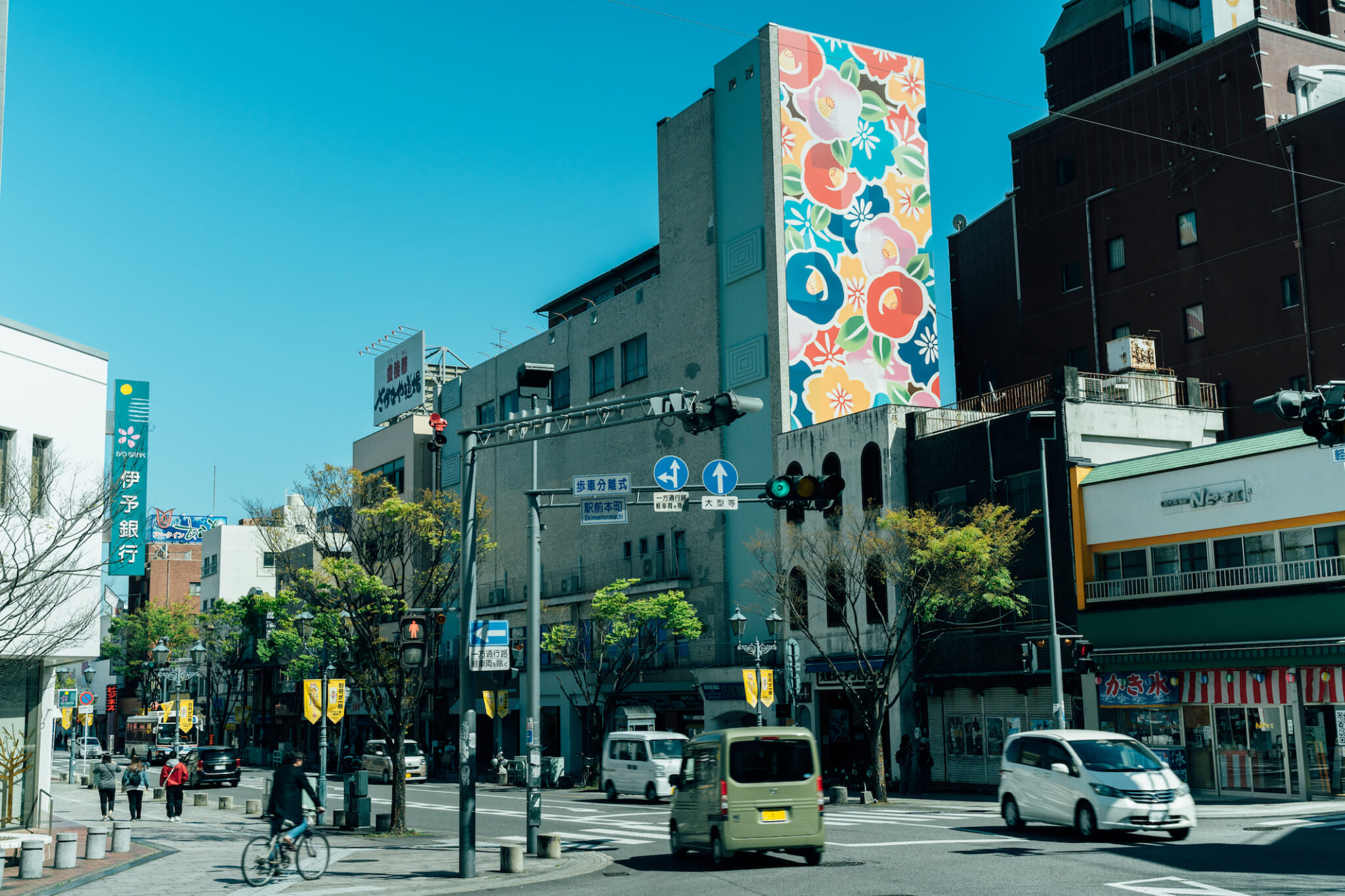
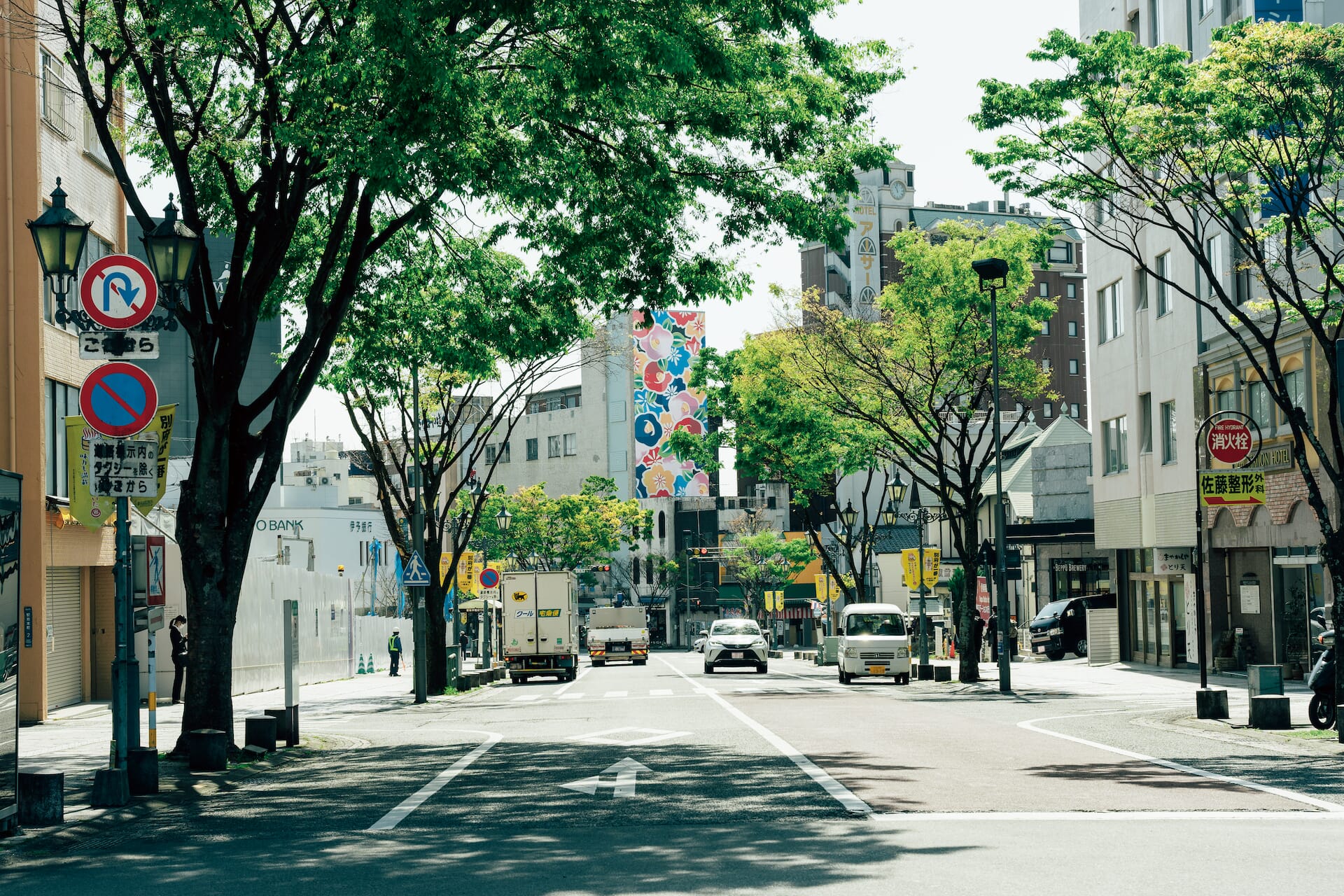
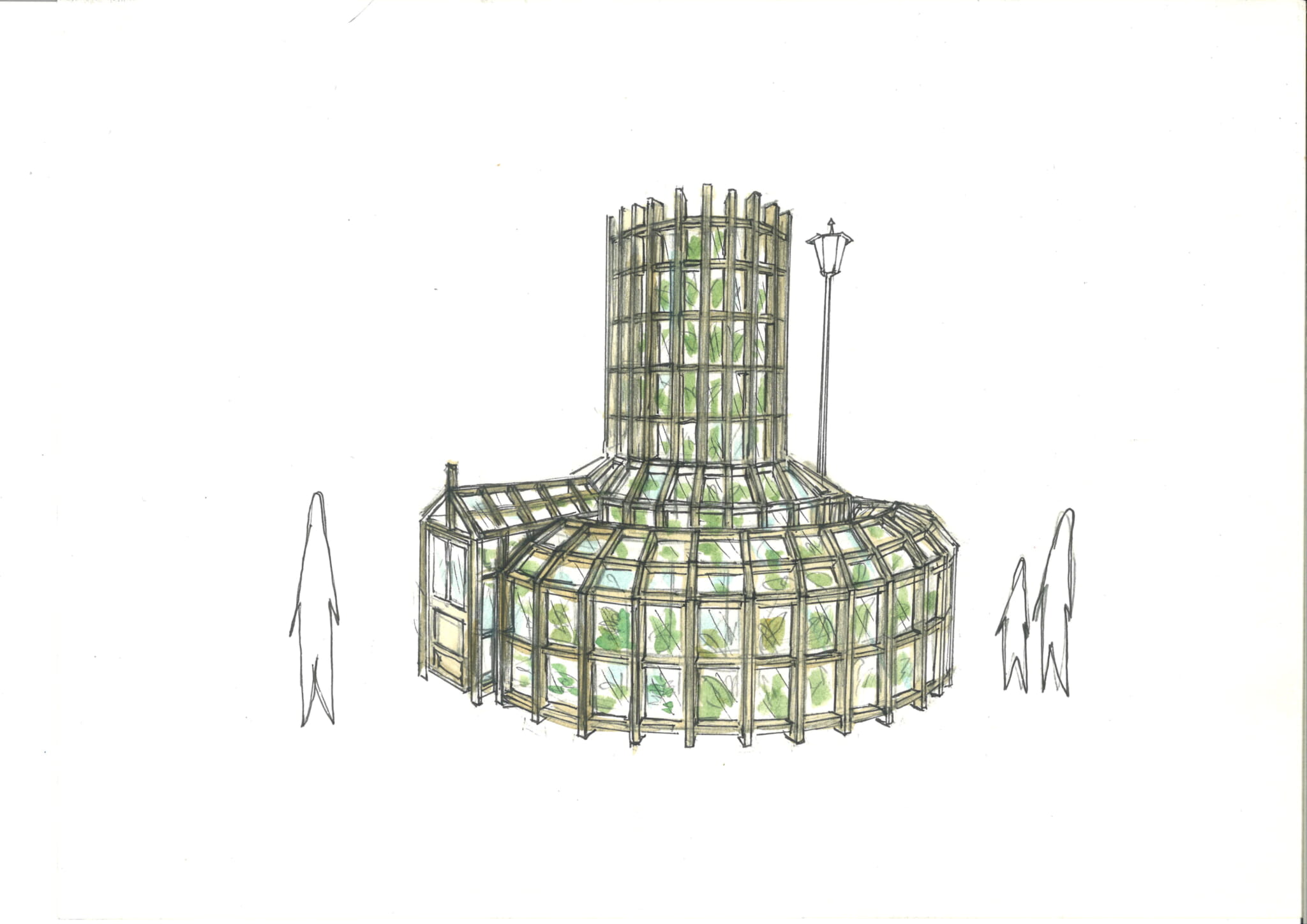


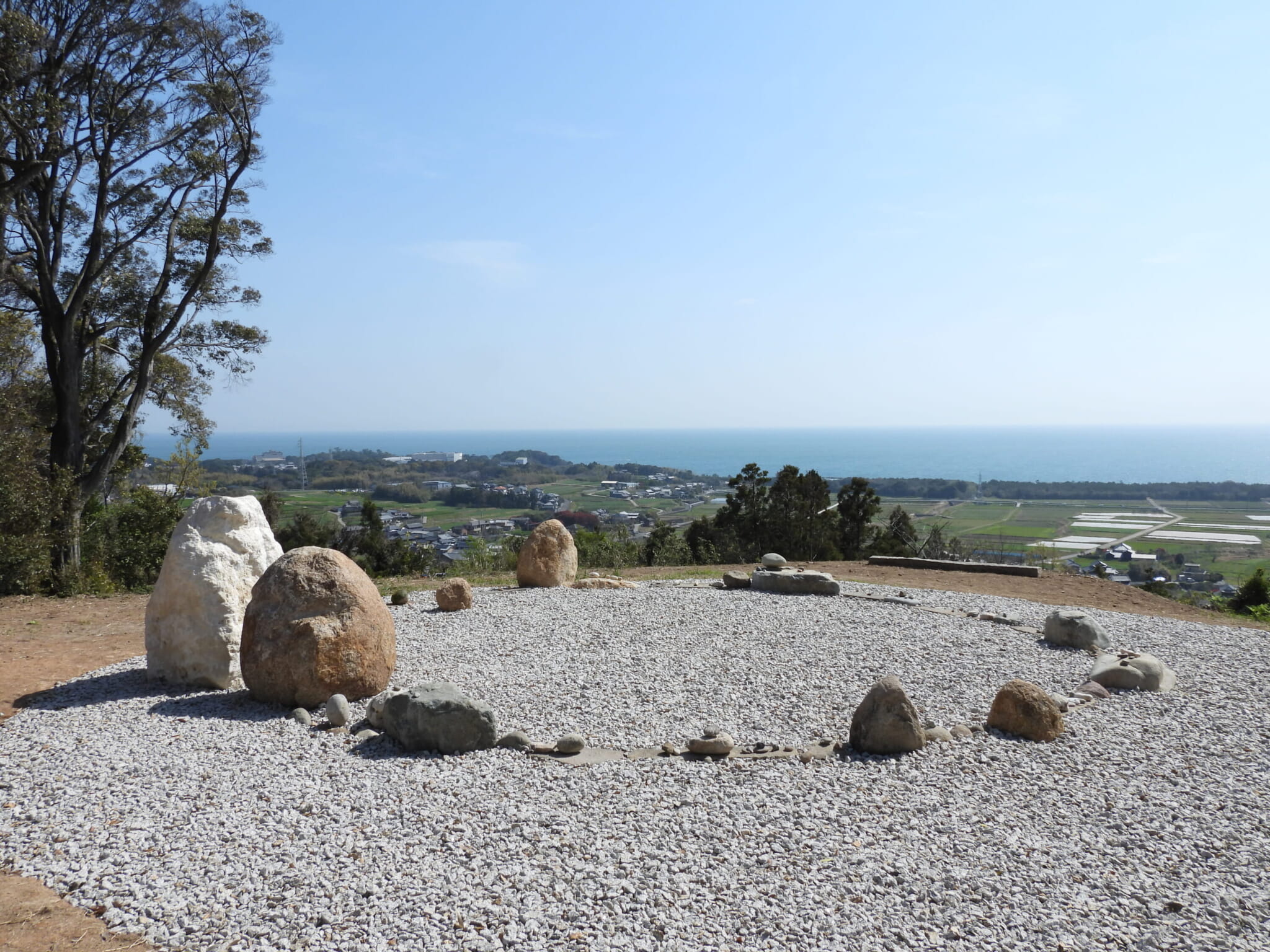
-2048x1154.jpg)
